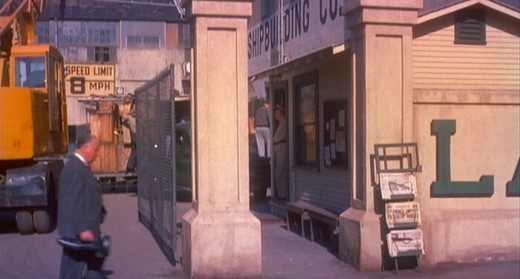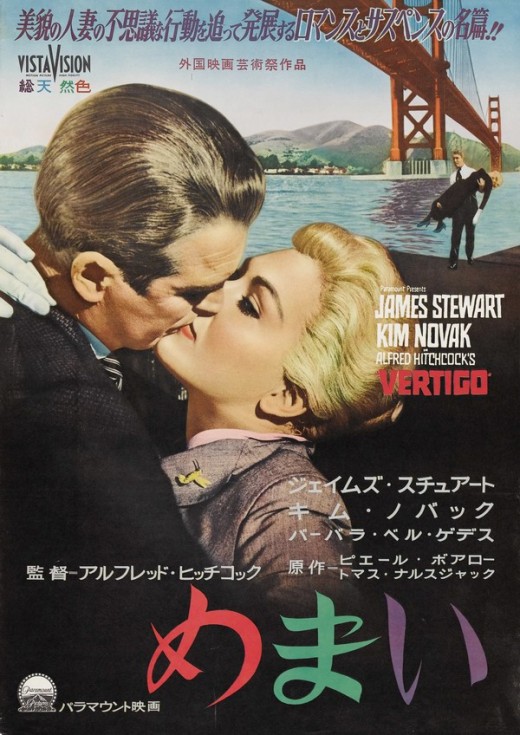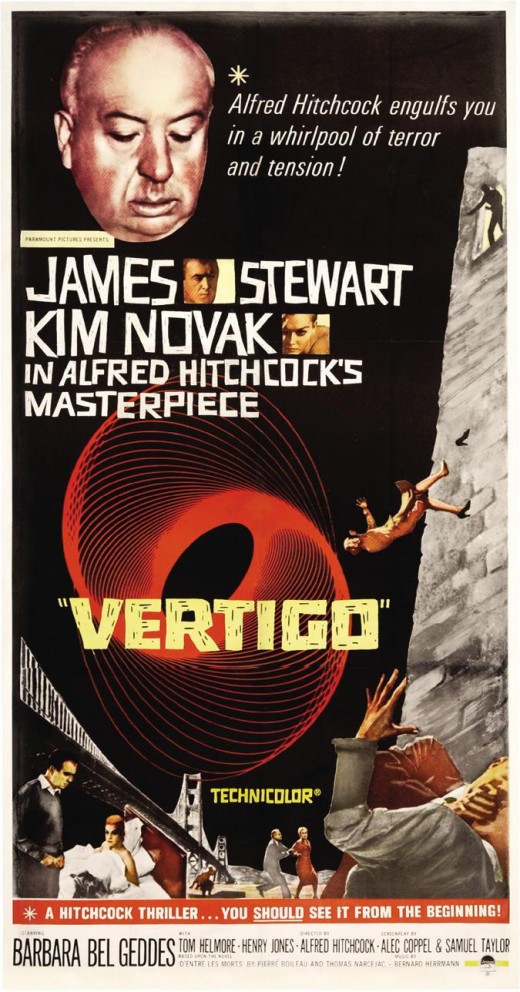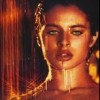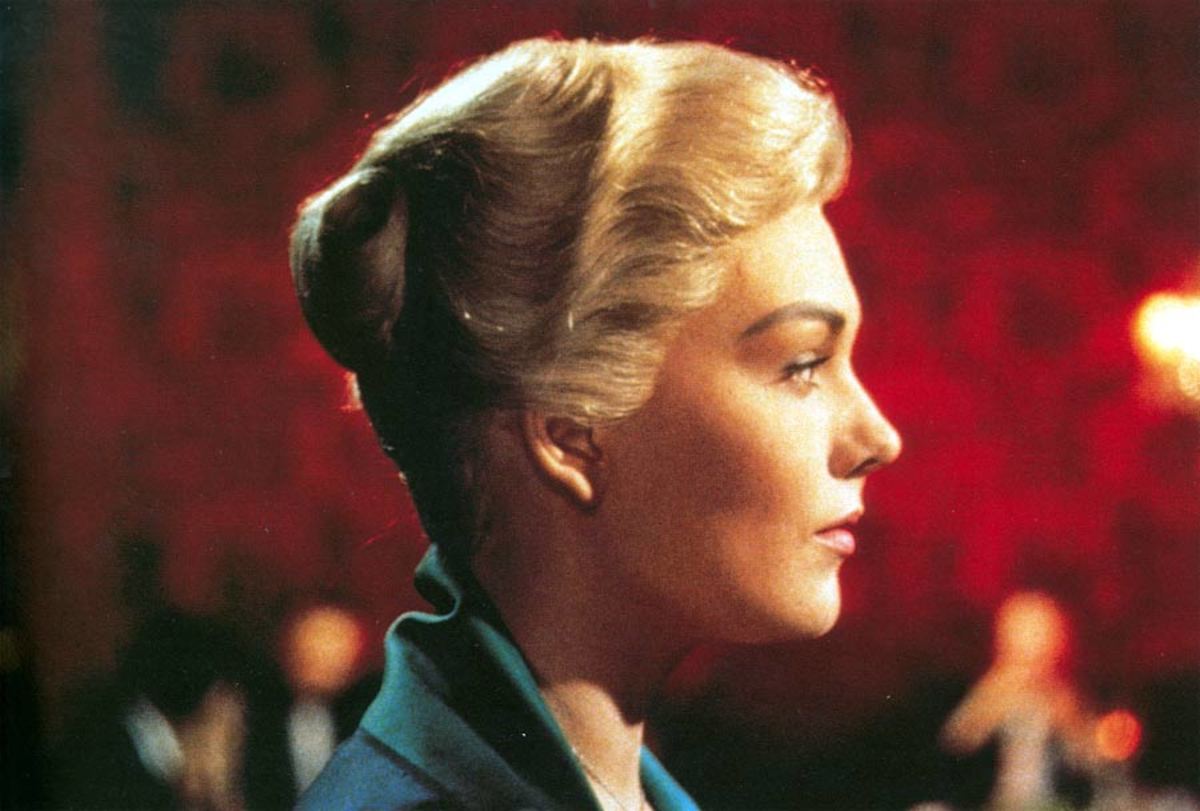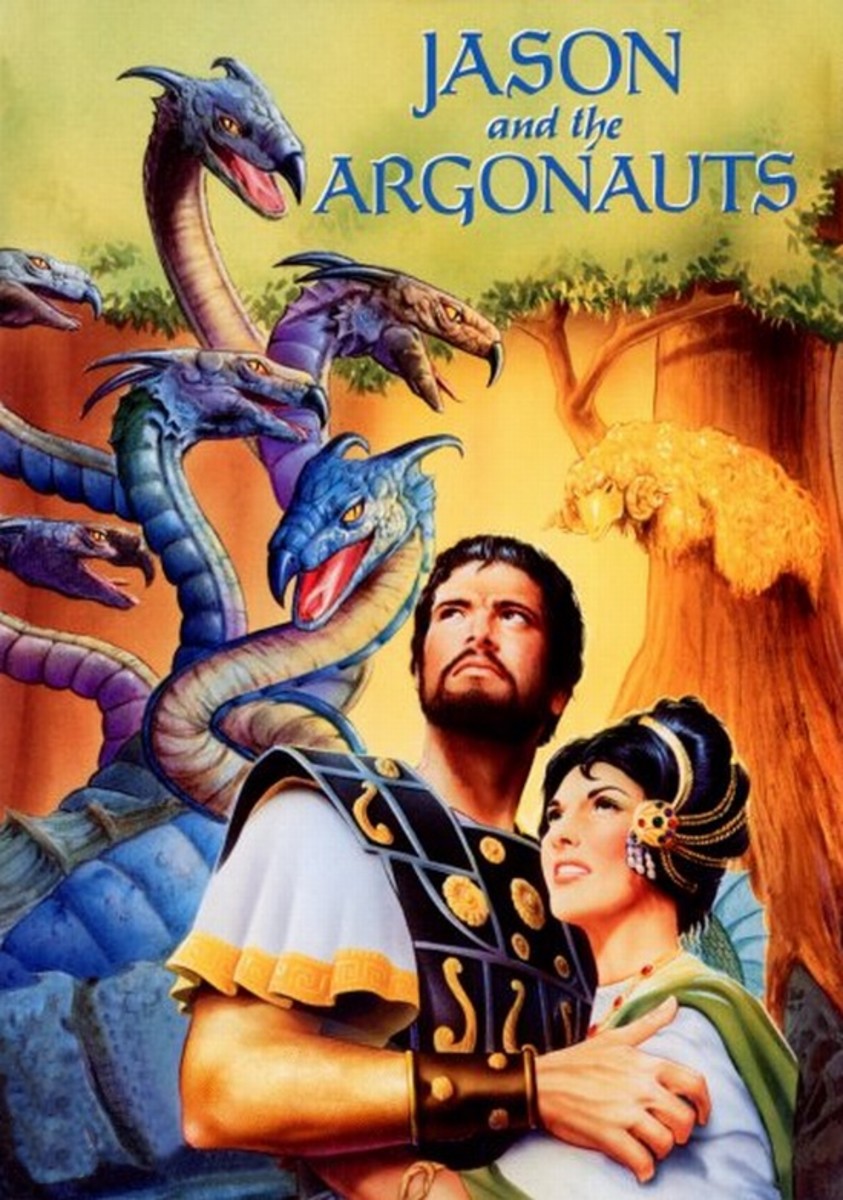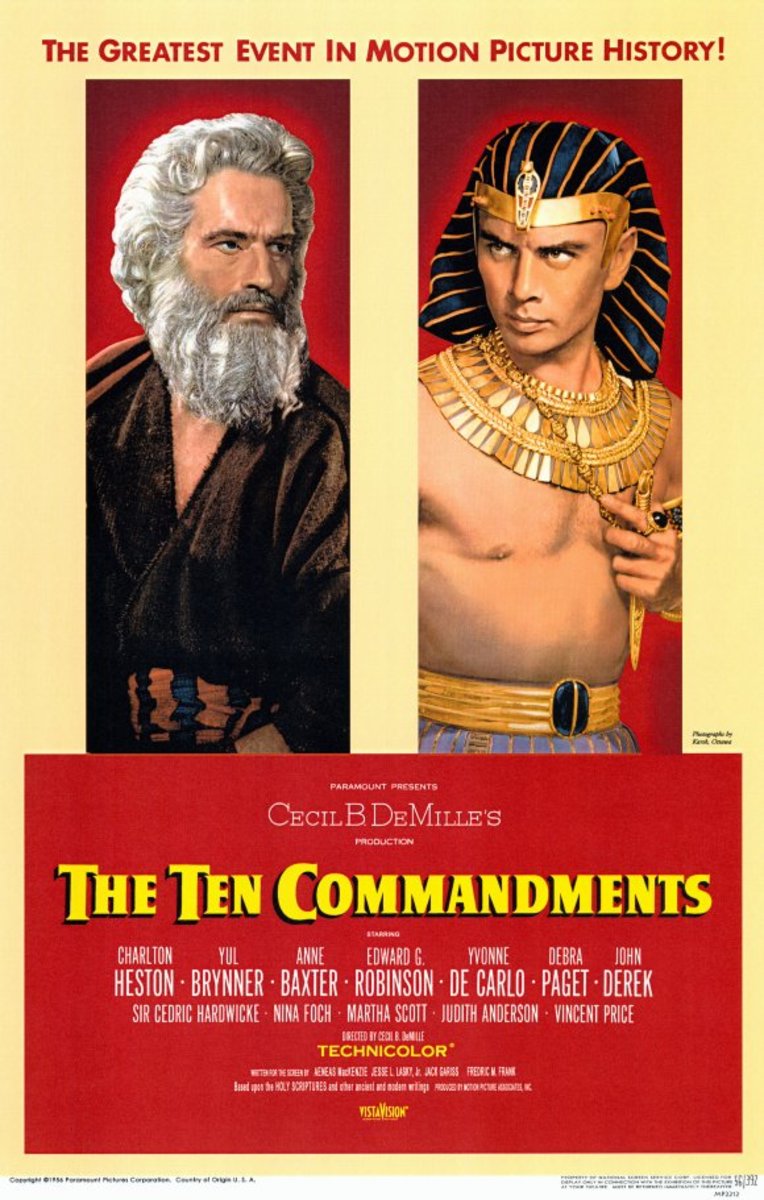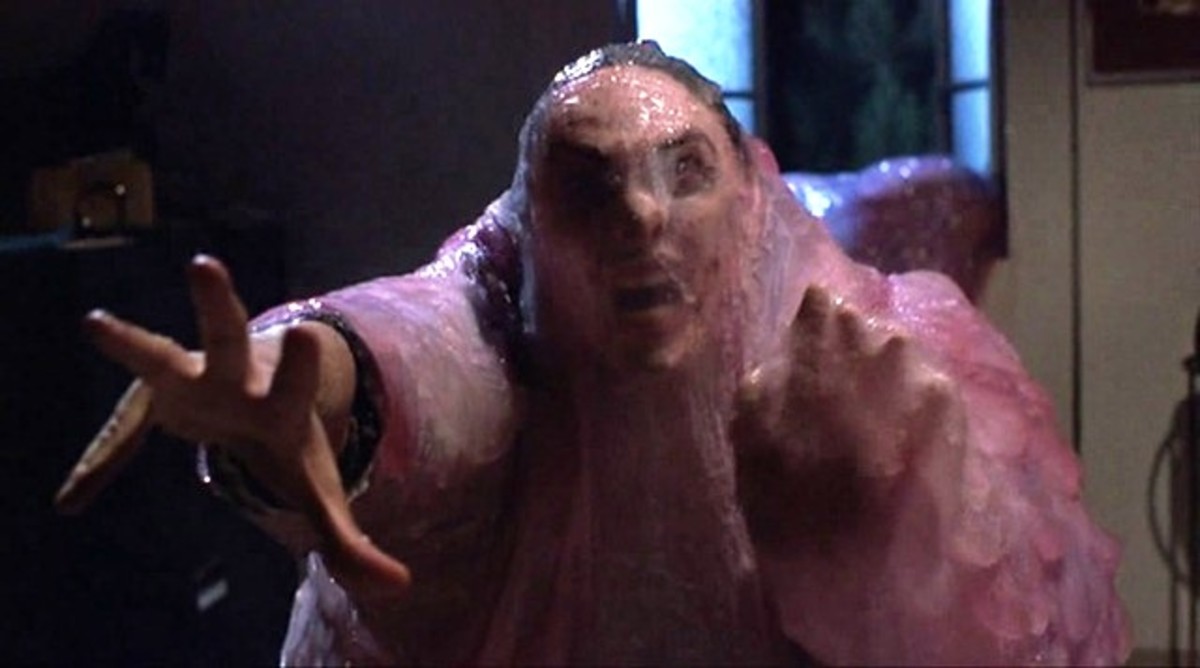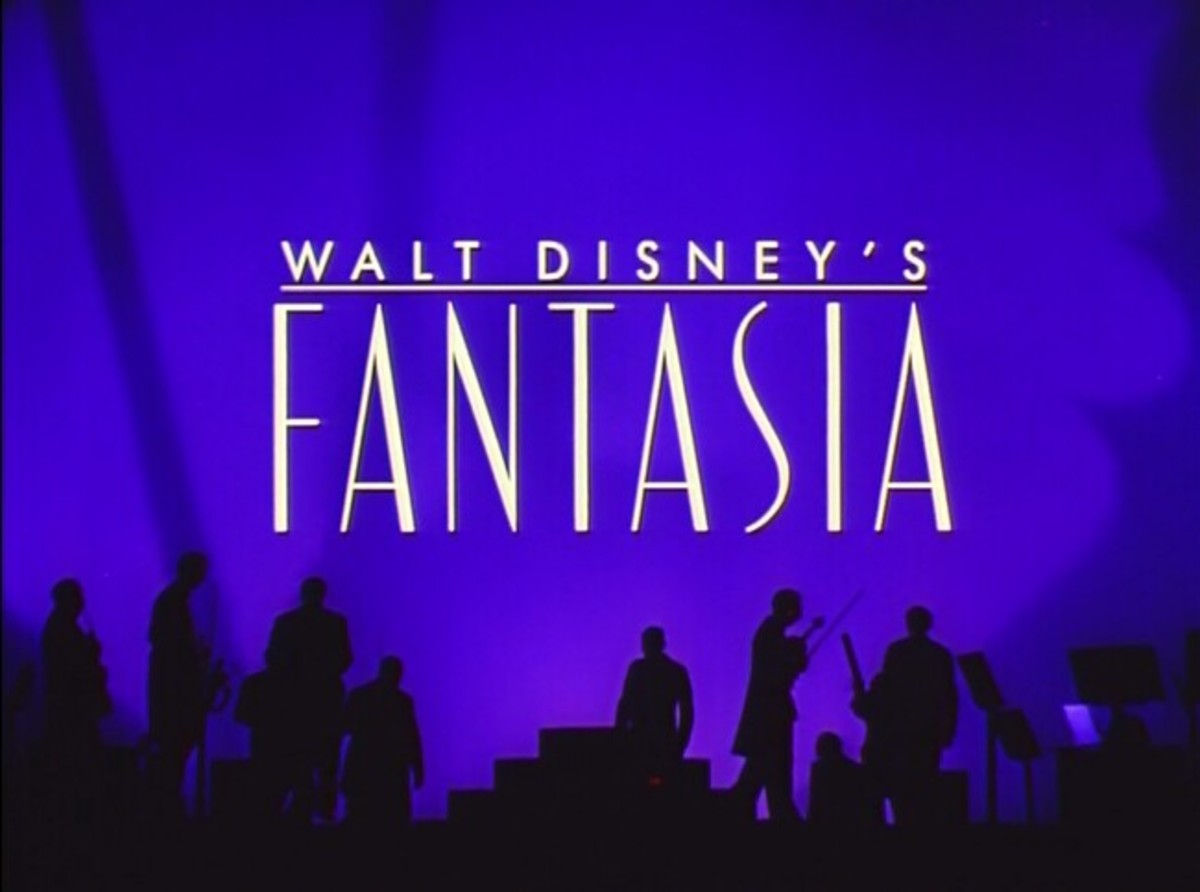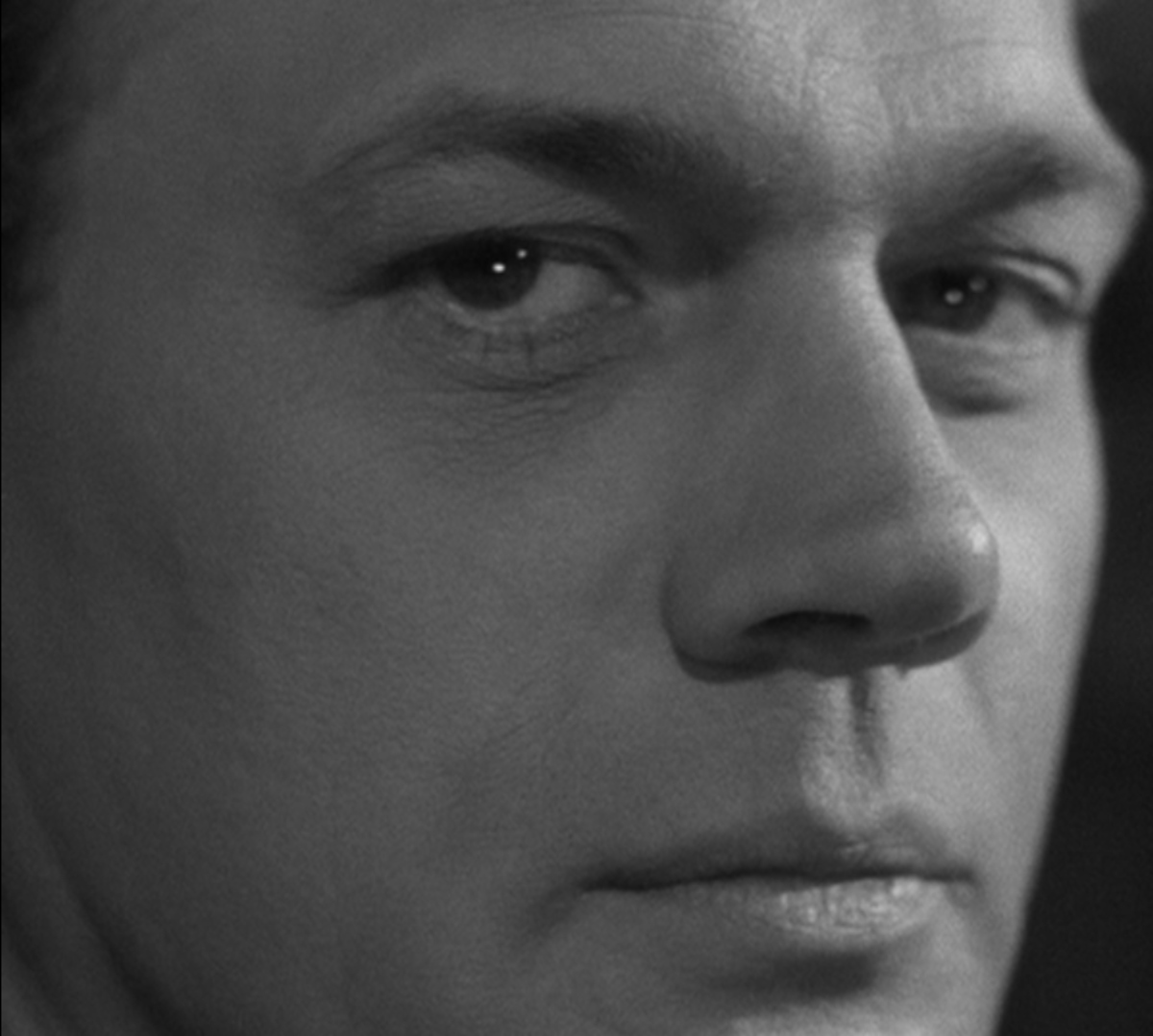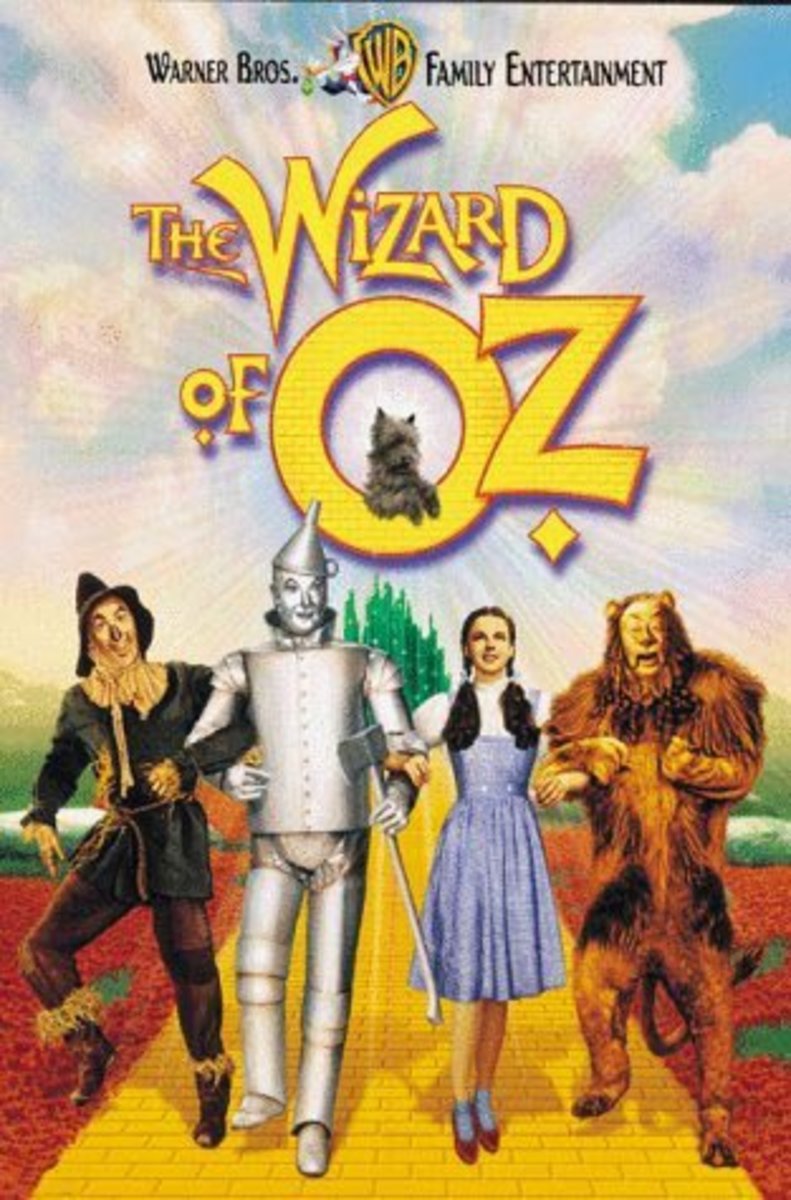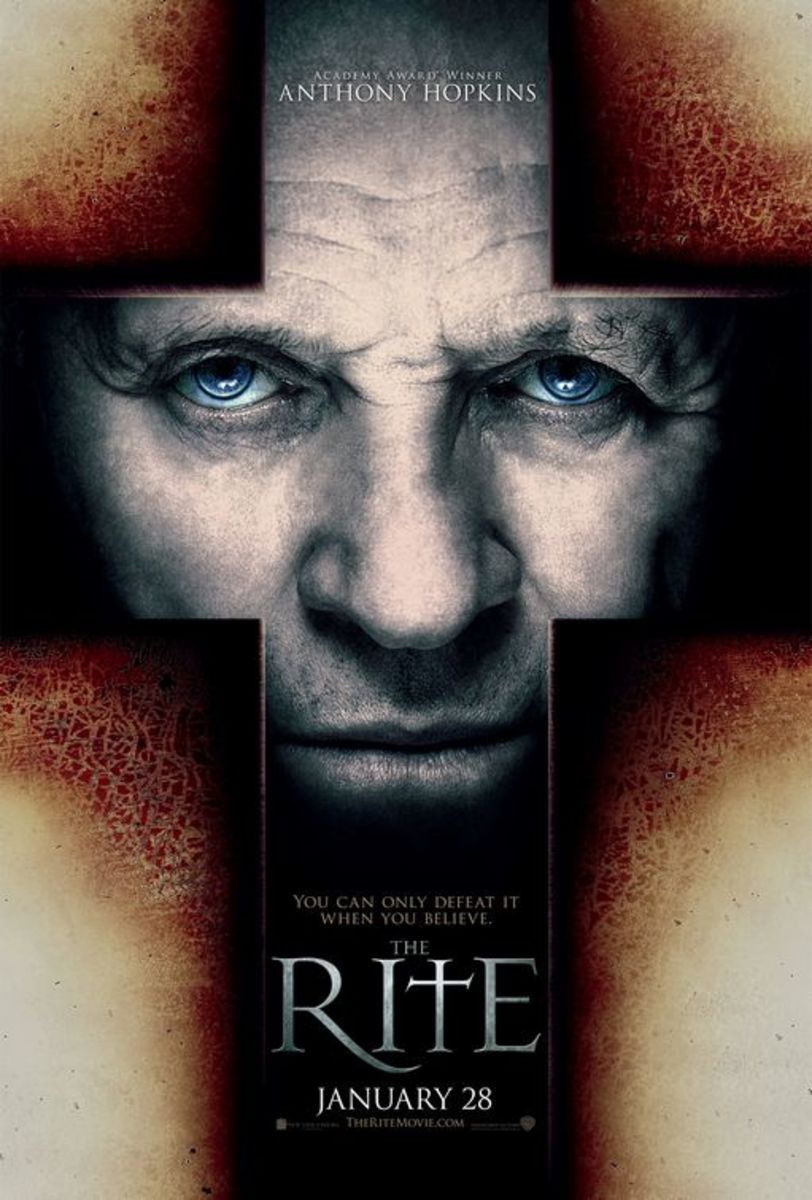Vertigo (1958) - Illustrated Reference
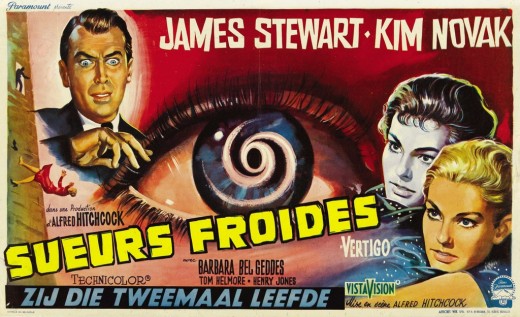
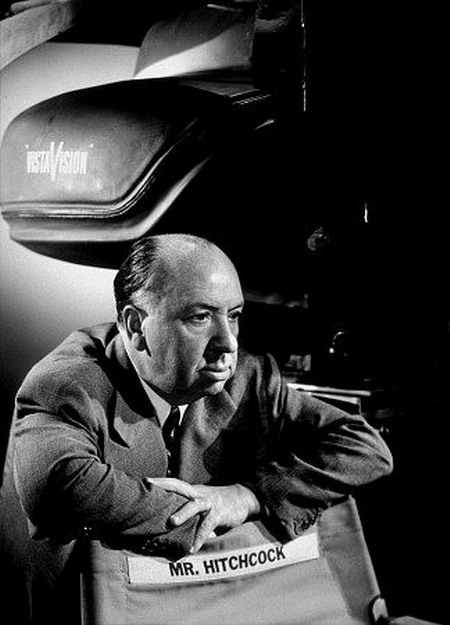
Vertigo was directed by Alfred Hitchcock and premiered on the 9th of May 1958. Starring James Stewart, Kim Novak, Barbara Bel Geddes and Tom Helmore. Screenplay by Alec Coppel & Samuel A. Taylor. Music by Bernard Herrmann. 128mins.
Scottie Ferguson is a San Francisco detective suffering from acrophobia, a fear of heights. He is approached by an old college friend and asked to follow his wife and see where she goes, because she has been acting strangely believing she is the reincarnation of a woman who died 100 years ago. Scottie accepts the assignment little realising the complex and tragic events which will unfold.
Vertigo was based on the French novel The Living and the Dead by Pierre Boileau and Thomas Narcejac. It was turned into a screenplay by Samuel A. Taylor and Alec Coppel,
24 year old Kim Novak was borrowed from Columbia studios for Vertigo on the condition that James Stewart would co-star with her in Bell, Book and Candle in addition to a payment of $250,000 from Paramount. Novak resented how much Columbia was profiting from her loanout and refused to show up for the start of filming of Vertigo. After her salary was re-negotiated production on the film finally began.
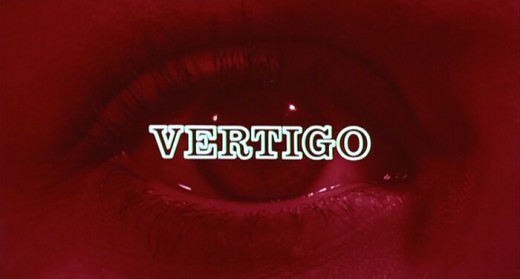
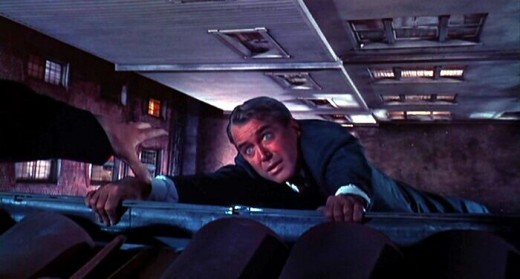
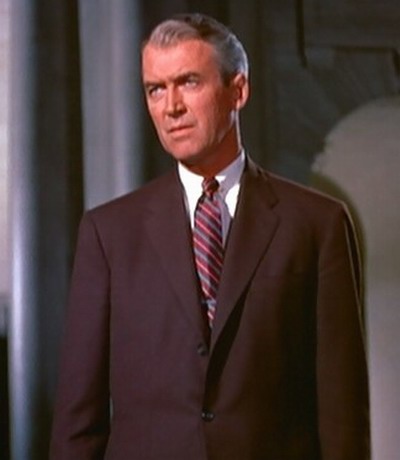
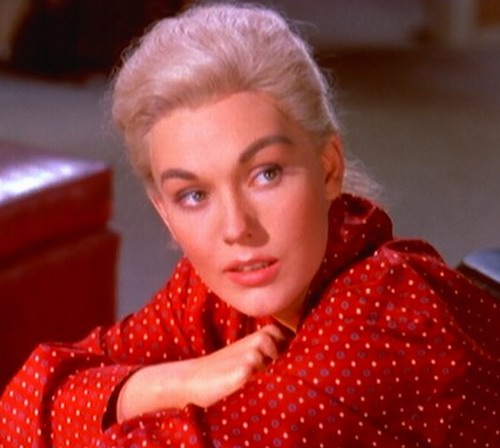
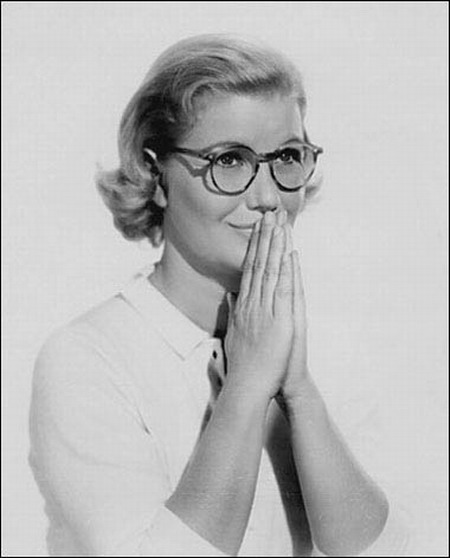
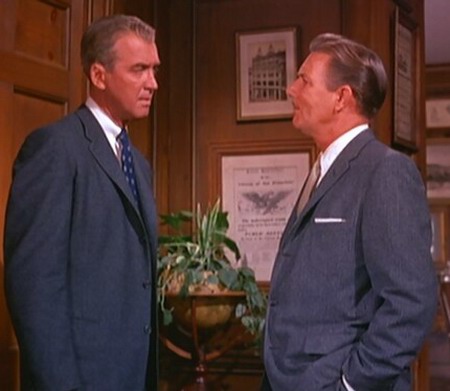
Judy: Where are you going?
Scottie: One final thing I have to do... and then I'll be free of the past.
James Stewart (1908-1997) / John “Scottie” Ferguson
Born in Indiana, Pennsylvania, Hollywood legend James Stewart was Oscar nominated Best Actor 5 times and won for The Philadelphia Story (1940), the other nominations were for Mr. Smith Goes to Washington (1939), It’s a Wonderful Life (1946), Harvey (1950) and Anatomy of a Murder (1959).
In 1985 James Stewart received an Honorary Oscar - For his fifty years of memorable performances,, for his high ideals both on and off the screen, with respect and affection of his colleagues.
He received a Life Achievement Award from the American Film Institute in 1980.
Kim Novak (1933-) / Madeleine Elster / Judy Barton
Born in Chicago, Illinois, Kim Novak was nominated Best Foreign Actress by the British Academy Awards for the film Picnic (1955). Her films include – Pal Joey (1957), Bell Book and Candle (1958), Kiss Me Stupid (1964), The Amorous Adventures of Moll Flanders (1965), The White Buffalo (1977) and The Mirror Crack’d (1980).
Barbara Bel Geddes (1922-2005) / Midge Wood
Born in New York City, Barbara Bel Geddes was Oscar nominated Best Supporting Actress for I Remember Mama (1948), her films include – Blood on the Moon (1948), Panic in the Streets (1950) and By Love Possessed (1961). Popular on TV as Miss Ellie Ewing in Dallas (1978-1990)
Gavin Elster: There's no way for them to understand. You and I know who killed Madeleine.
Tom Helmore (1904-1995) / Gavin Elster
Born in London, England, Tom Helmore’s films include – Secret Agent (1936), The Tender Trap (1955), The Time Machine (1960) and Advise & Consent (1962)
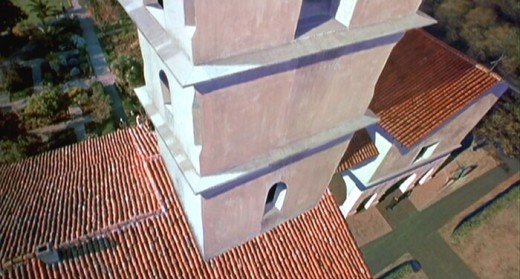
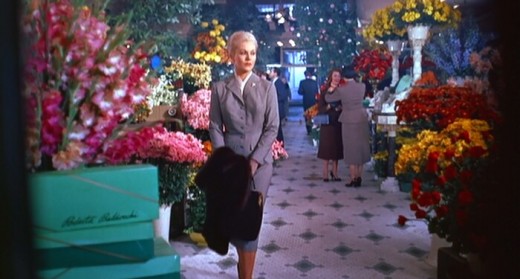
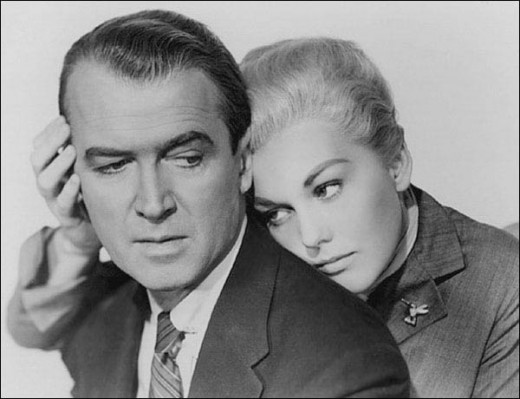
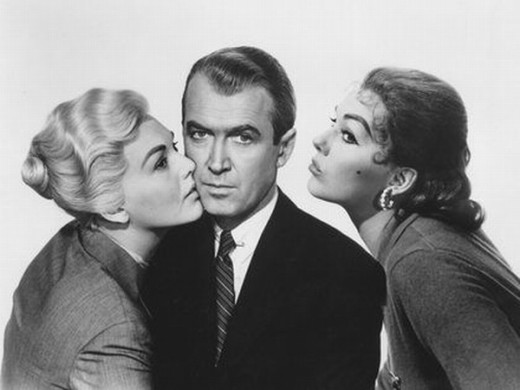
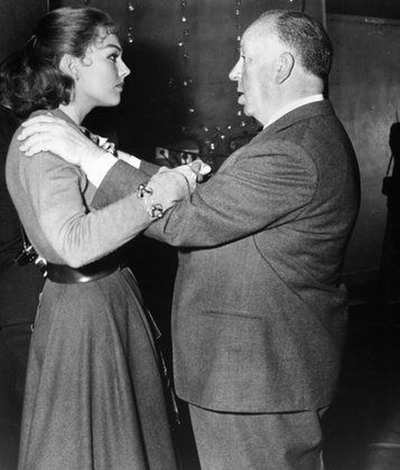
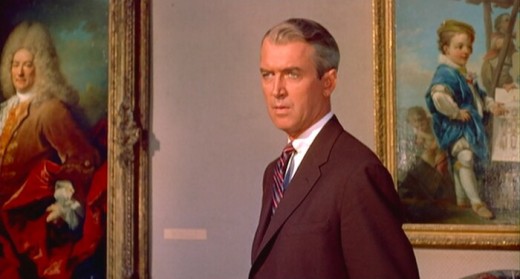
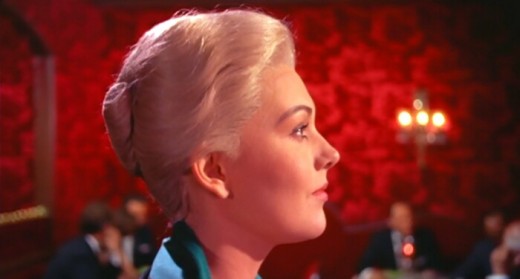

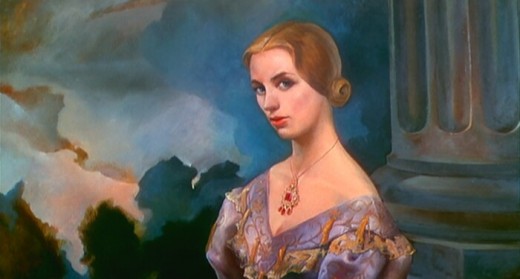
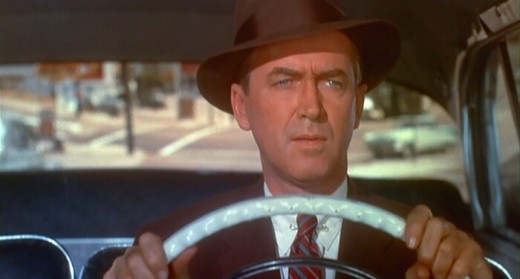
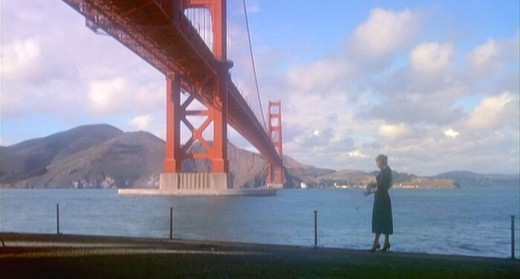
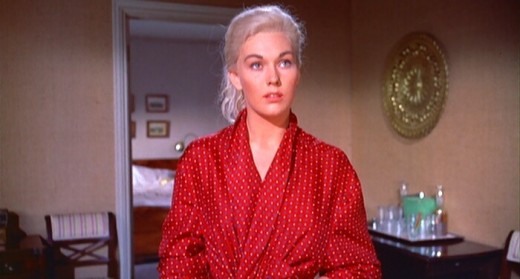
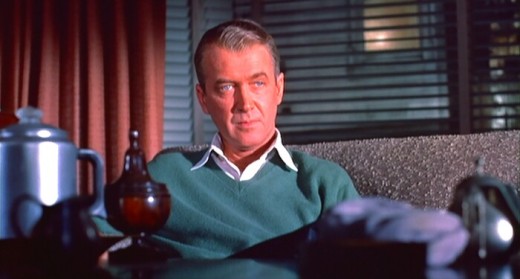
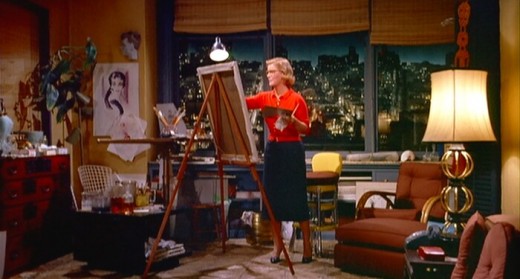
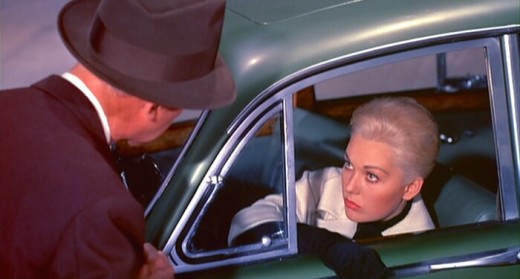
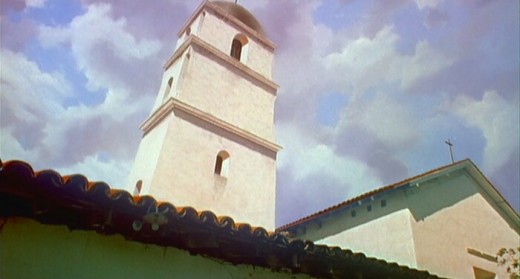
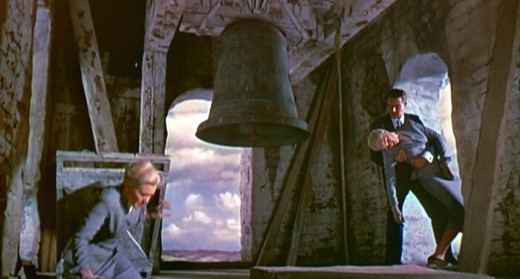
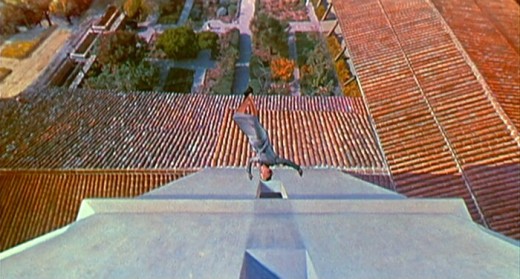
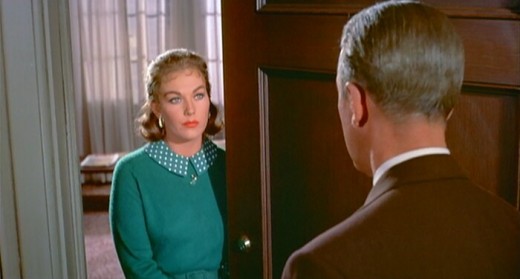
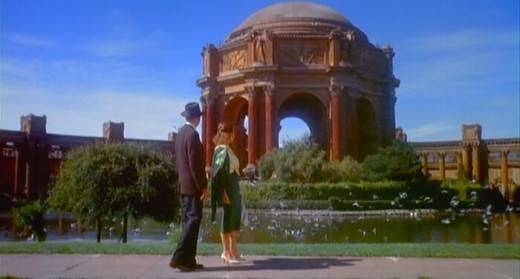
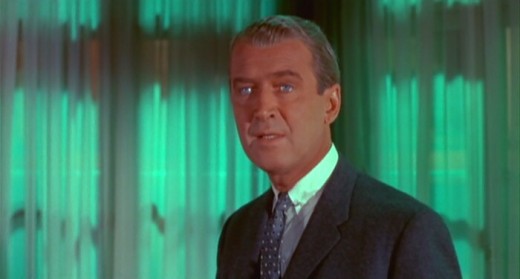
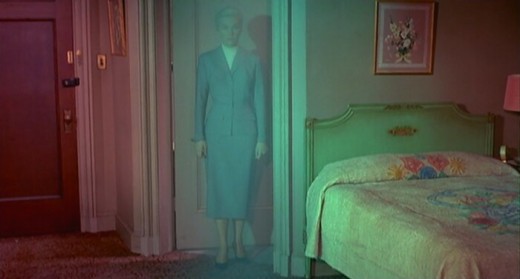
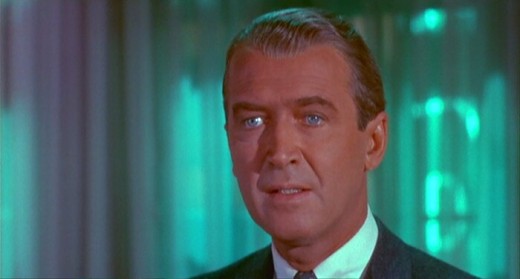
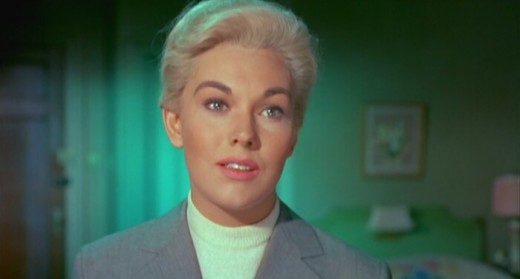
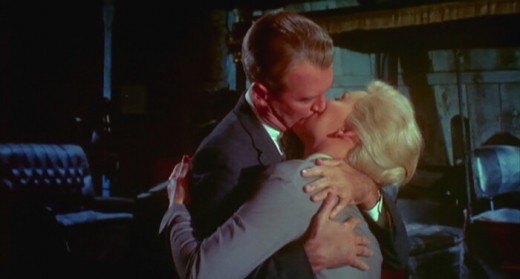
The original novel was set in Paris and at the climax Madeleine tells Scottie (Roger Flavieres in the book) the whole story, in his rage at the deception he strangles her. Shocked and grief-stricken he turns himself over to the police.
Hitchcock at first wanted Lana Turner to play the dual roles of Madeleine and Judy but “she wanted too much loot” according to Hitchcock so he turned to Vera Miles who had starred with Henry Fonda in his last film The Wrong Man (1956) but after filming delays she became pregnant and lost the role.
The bell tower of the Mission San Juan Bautista where Scottie sees Madeleine fall to her death was a matte painting, the actual mission did not have a bell tower.
The zoom in and track out camera shot Hitchcock uses to show us Scottie’s feeling of dizziness and vertigo has since been used in other films notably Steven Spielberg’s Jaws (1975) when we see Roy Scheider's reaction to a shark attack near the beach.
The 360 degree kiss has been copied by director Brian De Palma in many of his films including Obsession (1976) and Body Double (1984).
Vertigo along with Rope, Rear Window, The Trouble With Harry and The Man Who Knew Too Much (1956) were unavailable for viewing for years. The rights were held by Hitchcock and there are conflicting reports as to why he was holding them back. They premiered on home video in 1983.
Hitchcock had tried to buy the rights to Celle qui n’etait plus the previous novel from the authors of Vertigo, but was beaten to it by Henri-Georges Clouzot who filmed it as Diabolique (1955) which was a sensation upon release and was compared to the works of Hitchcock.
Fort Point underneath the Golden Gate Bridge where Madeleine jumps into the sea has become a tourist attraction for fans of the film.
A song was written for the film, "Vertigo", by Jay Livingston and Ray Evans but Hitch decided the film was better off without it.
Bernard Herrmann (1911-1975) composed the music for Vertigo, one of his greatest scores. The film contains one of the best opening themes ever and one of the greatest romantic themes.
Bernard Herrmann received Oscar nominations for Citizen Kane (1941), Anna and the King of Siam (1946), Obsession (1976) and Taxi Driver (1976), winning for The Devil and Daniel Webster (1941).
Herrmann worked on seven films with Hitchcock – The Trouble with Harry (1955), The Man Who Knew Too Much (1956) Vertigo (1958), North by Northwest (1959), Psycho (1960), The Birds (1963) and Marnie (1964).
Herrmann fell out with Hitchcock after his score for Torn Curtain (1966) was rejected for not being hip or modern enough for the 60’s. Herrmann was furious with Hitch “I don’t write pop music!” he bellowed at the director. Sadly it would be the end of their relationship.
In 2012 Kim Novak protested the use of the love theme from Vertigo in the movie The Artist (2011). Interviewed in Variety she said "I feel as if my body - or at least my body of work - has been violated by the movie" she continued "It is morally wrong for the artistry of our industry to use and abuse famous pieces of work to gain attention and applause for other than what they were intended. Shame on them!”
Hitchcock’s cameo is about 11 minutes into the movie, he walks across the screen carrying a trumpet case.
There was an additional scene filmed at the end for the European release of the film, it shows Midge listening to a radio announcement that the police are hot on the trail of Elster who has fled to Europe. Scottie walks into the room. Midge pours him a drink and the screen fades to black. This was to appease European censors who didn’t want the murderer to get away with his crime.
Vertigo wasn’t a success in 1958 and critics didn’t particularly like it either. Hitchcock was upset and blamed it on James Stewart for looking “too old”, he should blame it on whoever cast Stewart in the first place not on the actor. Stewart was 25 years older than Novak.
Sight & Sound magazine polls critics and filmmakers every 10 years to chart the greatest films ever made, in their 2002 poll Vertigo came second to Citizen Kane. In other words if not for Orson Welles masterwork Hitchcock’s Vertigo would have been regarded as the greatest film ever made. Not bad for a film no one liked in 1958.
Vertigo ranked #9 in American Film Institute’s 100 Greatest Films list, #18 in AFI’s 100 Greatest Thrillers, #1 on AFI’s 10 Greatest Mystery films and Herrmann’s score ranked #12 on the 100 Greatest Film Scores list.
It was nominated for two Oscars - Best Art Direction and Best Sound.
Among the movies selected for preservation in 1989 by the National Film Registry.
The film was restored by film historian and preservationist Robert A. Harris in 1996 and re-released in selected theatres. It is still awaiting a Blu-ray release.
The one problem I have with the film is that Scottie is easily fooled into thinking Judy isn’t Madeleine but someone who looks a bit like her. Yes he thinks Madeleine is dead but he was madly in love with her wouldn’t he recognise some facial traits and tics or vocal inflection from Judy that would have betrayed her, the way she wrinkles her nose maybe or her eyes? All he had to do was get her drunk and ask her "Why did you do it Madeleine?" But than the film would have been over.
Why did Judy give herself away by wearing Carlotta’s necklace which was a gift from Elster? Did she think Stewart would have forgotten about the painting or just a simple slip up? Maybe a part of her wanted Scottie to catch on?
Scottie: The necklace, Carlotta's necklace. There was where you made your mistake, Judy. You shouldn't keep souvenirs of a killing. You shouldn't have been that sentimental. I loved you so, Madeleine.
Madeleine: I was safe when you found me. There was nothing that you could prove. But when I saw you again, I couldn't run away. I loved you so. I walked into danger and let you change me because I loved you and I wanted you. Scottie, please. You loved me. Keep me safe. Please!
Scottie: It's too late. There's no bringing her back.
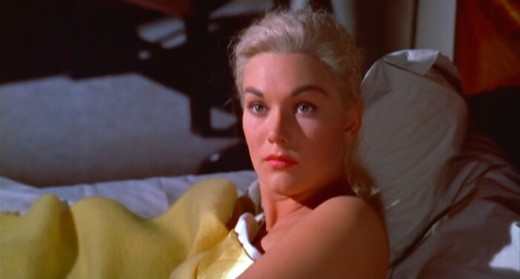
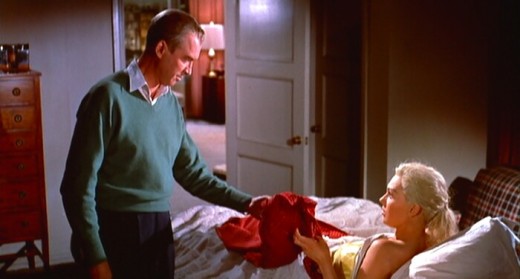
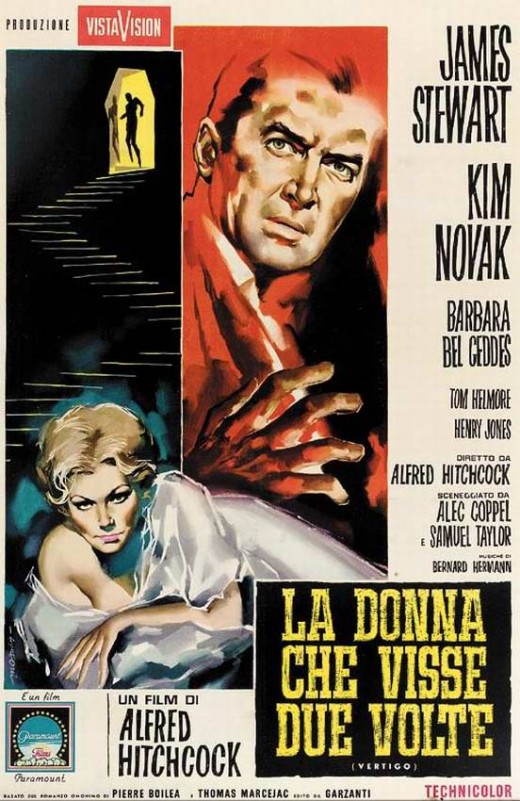
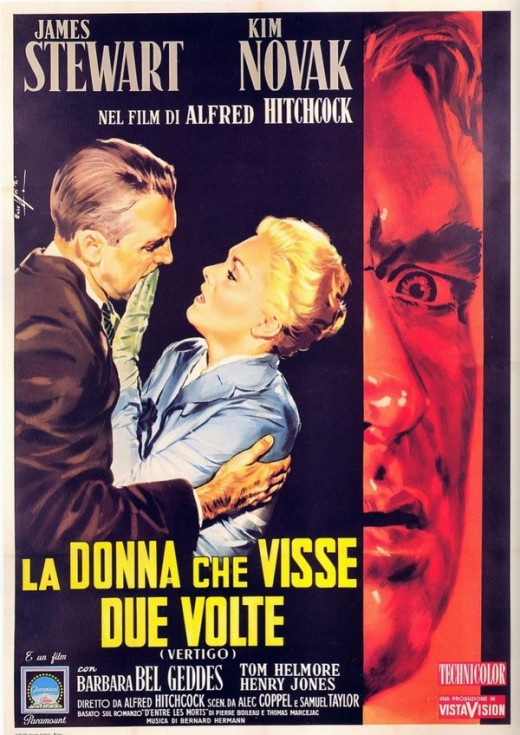
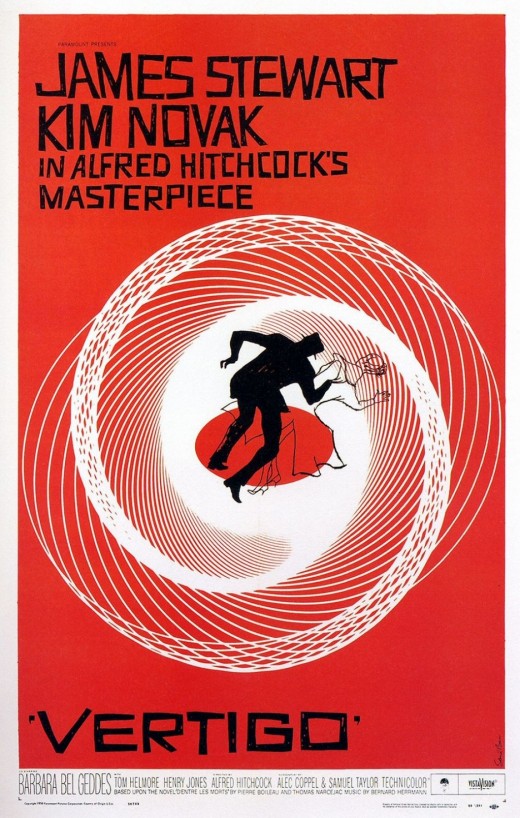
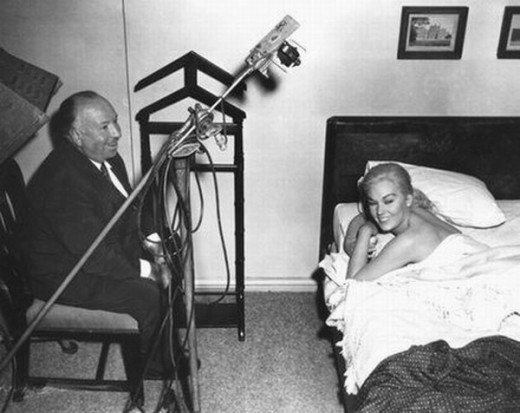
The Critics Wrote –
"Vertigo is important to me - essential would be more like it - because it has a hero driven purely by obsession. I've always been attracted in my own work to heroes motivated by obsession, and on that level Vertigo strikes a deep chord in me every time I see it.
Whole books could be written about so many individual aspects of Vertigo - its extraordinary visual precision, which cuts to the soul of its characters like a razor; its many mysteries and moments of subtle poetry;
its unsettling and exquisite use of color; its extraordinary performances by Stewart and Kim Novak - whose work is so brave and emotionally immediate. Not to mention its astonishing title sequence by Saul Bass or its tragically beautiful score by Bernard Herrmann, both absolutely essential to the spirit, the functioning and the power of Vertigo.” (Martin Scorsese, 1999)
"Unbilled, but certainly a prime factor in whatever success film may have, is the city of San Francisco, which has never been photographed so extensively and in such exquisite color as Robert Burks and his crew have here achieved. Through all of this runs Hitchcock's directorial hand, cutting, angling and gimmicking with mastery." (Variety)
"You might say that Alfred Hitchcock's latest mystery melodrama, "Vertigo," is all about how a dizzy fellow chases after a dizzy dame, the fellow being an ex-detective and the dame being—well, you guess.
That is as fair a thumbnail digest as we can hastily contrive to give you a gist of this picture without giving the secret away. And, believe us, that secret is so clever, even though it is devilishly far-fetched, that we wouldn't want to risk at all disturbing your inevitable enjoyment of the film." (Bosley Crowther, New York Times)
"The plot is a brilliant box of devilish tricks. And yet the film disappoints. It seems too long, too elaborately designed; the narration of this kind of criminal intrigue sags under such luscious treatment; it needs the touch of the harsh and squalid. As the mysterious quarry Kim Novak makes one of her more lifelike appearances." (Dilys Powell)
"An extraordinary, dreamlike thriller with a memorably bleak view of human nature. It is one of the finest and most interesting films by the man generally - and, to my mind, rightly - regarded as the greatest of all movie directors, Alfred Hitchcock." (Chris Tookey)
